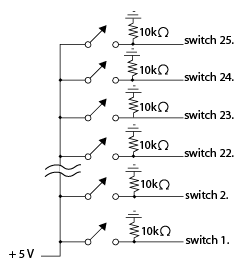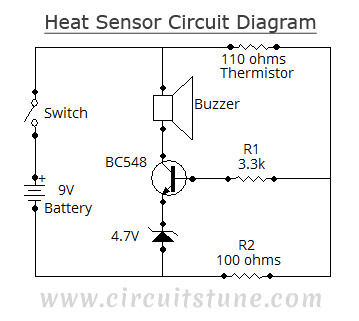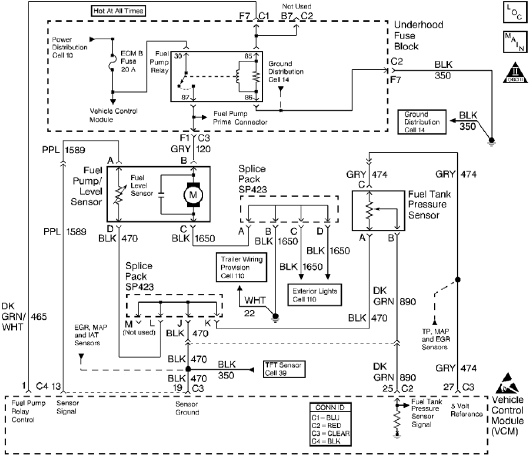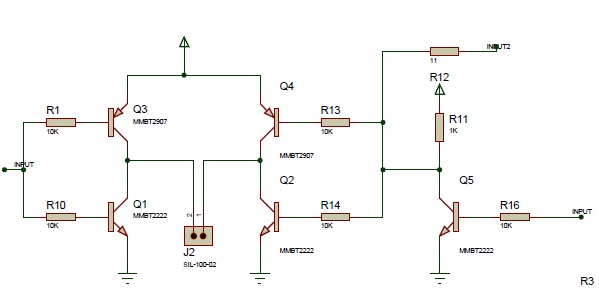
Zipper Sensor

A total of 45 pieces of 220-ohm resistors were used to create a 10k-ohm variable resistor. By bending the wire of the resistor, a hook was formed for sewing purposes. For a more compact design than a standard resistor, tiny surface mount resistors can be utilized. To connect with the thread, conductive beads were soldered at both ends of the resistor. Two types of inputs were developed: an analog zipper sensor and a digital zipper sensor. The initial concept was to create a linear analog potentiometer using the slider as a connector. However, during production, concerns arose regarding the reliability of handmade physical devices as sensors, since conductive thread could introduce irregular resistance. The stitching may not be consistent, leading to variable values that do not accurately reflect the slider's movement. Consequently, an analog and a digital zipper sensor of the same length were designed for comparative motion readings. The analog sensor utilized a plastic zipper to ensure disconnection between both sides, while the digital sensor incorporated a nickel zipper, with some teeth functioning as contact points for switches. The reference for the new zipper sensor was an analog input sensor, specifically a common turning knob type 10k-ohm potentiometer. To achieve a detailed value over a proper zipper length of approximately 24 inches, the design incorporated 46 pieces of 220-ohm resistors in series. A pull-down resistor was necessary next to the signal thread when the zipper was applied to jackets or shirts, as complete separation of the zipper sides would cause the signal thread to lose connection to ground, resulting in random values. The slider's design effectively connects two stitched lines on opposite sides. Although the zipper teeth are typically made of plastic, sliders are often constructed from painted nickel. Sanding the interior of the slider body where it holds the tape allows for electrical transfer between the stitched lines. The connecting parts between the thread and the slider are indicated by red marks. The digital zipper sensor operates as a multiple switch. Metal zippers, including those made of copper, nickel, and aluminum, provide an appropriate structure for linear multiple switching. The initial assumption was that closing metal zippers would create continuity from top to bottom; however, it was discovered that each tooth is separated unless the tape is bent at an angle greater than 120 degrees vertically. This characteristic allows each tooth to transmit different data. By attaching the conductive thread to touch the opposite side tooth when the zipper is closed, a single switch can be created.
The circuit design features a series configuration of 45 resistors, each rated at 220 ohms, to achieve a total resistance of 10k ohms. This configuration is critical for creating a variable resistor effect, allowing for fine-tuning of the analog sensor's response based on the position of the zipper slider. The analog zipper sensor is constructed using a plastic zipper, which serves to maintain electrical isolation between the two sides when the zipper is not fully engaged. This isolation is essential to prevent erroneous readings from the sensor when the zipper is not in use.
For the digital zipper sensor, the use of a nickel zipper allows for contact points at the teeth, which can be utilized as switches. Each tooth's capability to transmit different data is a significant advantage, as it enables the detection of various positions along the zipper's length. The conductive thread acts as a bridge between the zipper teeth and the electronic components, ensuring a reliable connection. The integration of soldered conductive beads at both ends of the resistors enhances the overall durability and conductivity of the connections.
The overall design is aimed at creating a dual-function sensor system that can provide both analog and digital outputs, making it versatile for various applications. The analog output can be used for applications requiring continuous variable resistance, while the digital output can be employed in scenarios where discrete position sensing is required. This innovative approach to zipper sensors can significantly enhance user interaction with garments, integrating technology seamlessly into everyday clothing.I used 45 peices of 220 ohm resisters to make 10k ohm variable resister. By banding the wire of the resister I made hook to sew it through. If you want even less volume than normal resister, you can use tiny surface mount resister. To tie with the thread, solder conductive beads at the both end of the resister. I made two different types of input with zipper sensor - analog and digital. My initial thought was to make liner analog potentiometer by using the slider as connecter. Yet during producing, I begin to think any handmade physical device might be not reliable to use as sensor. Conductive thread might create some iragualer resistence. Stiching unit is not always exactlly same so that the value change would not follow exactlly as the movment of the slider.
Thus I planed to make an analog and a digital zipper sensor with in same length so that both can be compared with the motion reading. For the analog I used plastic zipper to secure disconnection between both sides. And for the digital I used nickel zipper because some of the teeth will function as contact point of switches.
My first step was to choose an analog in sensor as resference to new zipper sensor. I chose the most common turning nob type 10k ohm potentiometer for the reference. Since it is 10k ohme variable resister, I design to have 46 pieces of 220 ohm resister in line to have detailed value in proper length of zipper. It ended to be about 24 inch. When the zipper is applied to jackets or shirts, pull down resister is needed next to the signal thread.
Because when both sides of the zipper are totally separated, the signal thread will loose the connection to the ground and give random value. The slider itself has the perfect structure to connect two stich lines sewed in the opposite sides. Though the zipper teeth are made out of plastic, usually sliders are made of painted nickel. So by sanding the inside part of the slider body where it holds the tape, slider can tranfer the electricity from one stich to the opposite side one.
Red marks below are connecting parts between the thread and the slider. The method of digital zipper sensor is multiple switch. The metal zipper - copper, nickel and aluminum zipper - has appropreate structure for liner multiple switch. My initiate thought was that when metal zippers are closed it will have continuety from top to the bottom.
But the fact was not. Each teeth are separated from each other unless the tape is bent more than 120 degree angle in vertical. This means each teeth can transfer different datas. So if I tie the conductive thread to touch the opposite side tooth when the zipper is closed, I can make a single swi
🔗 External reference
The circuit design features a series configuration of 45 resistors, each rated at 220 ohms, to achieve a total resistance of 10k ohms. This configuration is critical for creating a variable resistor effect, allowing for fine-tuning of the analog sensor's response based on the position of the zipper slider. The analog zipper sensor is constructed using a plastic zipper, which serves to maintain electrical isolation between the two sides when the zipper is not fully engaged. This isolation is essential to prevent erroneous readings from the sensor when the zipper is not in use.
For the digital zipper sensor, the use of a nickel zipper allows for contact points at the teeth, which can be utilized as switches. Each tooth's capability to transmit different data is a significant advantage, as it enables the detection of various positions along the zipper's length. The conductive thread acts as a bridge between the zipper teeth and the electronic components, ensuring a reliable connection. The integration of soldered conductive beads at both ends of the resistors enhances the overall durability and conductivity of the connections.
The overall design is aimed at creating a dual-function sensor system that can provide both analog and digital outputs, making it versatile for various applications. The analog output can be used for applications requiring continuous variable resistance, while the digital output can be employed in scenarios where discrete position sensing is required. This innovative approach to zipper sensors can significantly enhance user interaction with garments, integrating technology seamlessly into everyday clothing.I used 45 peices of 220 ohm resisters to make 10k ohm variable resister. By banding the wire of the resister I made hook to sew it through. If you want even less volume than normal resister, you can use tiny surface mount resister. To tie with the thread, solder conductive beads at the both end of the resister. I made two different types of input with zipper sensor - analog and digital. My initial thought was to make liner analog potentiometer by using the slider as connecter. Yet during producing, I begin to think any handmade physical device might be not reliable to use as sensor. Conductive thread might create some iragualer resistence. Stiching unit is not always exactlly same so that the value change would not follow exactlly as the movment of the slider.
Thus I planed to make an analog and a digital zipper sensor with in same length so that both can be compared with the motion reading. For the analog I used plastic zipper to secure disconnection between both sides. And for the digital I used nickel zipper because some of the teeth will function as contact point of switches.
My first step was to choose an analog in sensor as resference to new zipper sensor. I chose the most common turning nob type 10k ohm potentiometer for the reference. Since it is 10k ohme variable resister, I design to have 46 pieces of 220 ohm resister in line to have detailed value in proper length of zipper. It ended to be about 24 inch. When the zipper is applied to jackets or shirts, pull down resister is needed next to the signal thread.
Because when both sides of the zipper are totally separated, the signal thread will loose the connection to the ground and give random value. The slider itself has the perfect structure to connect two stich lines sewed in the opposite sides. Though the zipper teeth are made out of plastic, usually sliders are made of painted nickel. So by sanding the inside part of the slider body where it holds the tape, slider can tranfer the electricity from one stich to the opposite side one.
Red marks below are connecting parts between the thread and the slider. The method of digital zipper sensor is multiple switch. The metal zipper - copper, nickel and aluminum zipper - has appropreate structure for liner multiple switch. My initiate thought was that when metal zippers are closed it will have continuety from top to the bottom.
But the fact was not. Each teeth are separated from each other unless the tape is bent more than 120 degree angle in vertical. This means each teeth can transfer different datas. So if I tie the conductive thread to touch the opposite side tooth when the zipper is closed, I can make a single swi
🔗 External reference





